Dengue haemorrhagic fever: diagnosis, treatment, prevention and control. 2nd edition. Geneva : World Health Organization. 1997
Contents and Preface
- Contents and Preface [pdf 63kb]- Chapter 1. General considerations [pdf 377kb]
- Chapter 2. Clinical diagnosis [pdf 151kb]
- Chapter 3. Treatment [pdf 186kb]
- Chapter 4. Laboratory diagnosis [pdf 120kb]
- Chapter 5. Vector surveillance and control [pdf 92kb]
- Chapter 6. Disease surveillance and outbreak prevention and control [pdf 58kb]
- Chapter 7. Primary health care [pdf 33kb]
- Annex 1. Countries or territories in which dengue or dengue haemorrhagic fever is known to occur, by WHO Region, 1975-1996 [pdf 26kb]
- Annex 2. Daily dengue haemorrhagic fever record sheet [pdf 27kb]
- Annex 3. Outpatient flow chart [pdf 51kb]
- Annex 4. Hospital flow chart [pdf 68kb]
- Annex 5. Arbovirus laboratory request form and reporting form for use with filter-paper discs [pdf 30kb]
- Annex 6. WHO Collaborating Centres [pdf 44kb]
- Annex 7. Dengue haemorrhagic fever case-reporting form [pdf 17kb]
- Annex 8. Check-list for management of dengue haemorrhagic fever outbreaks, surveillance and reporting [pdf 32kb]





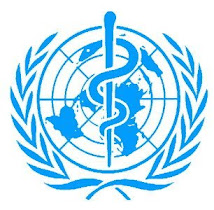
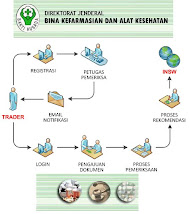
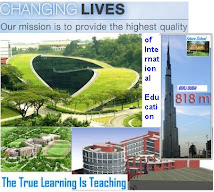
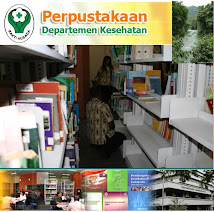
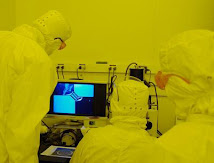
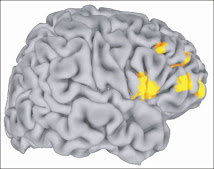


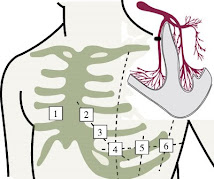
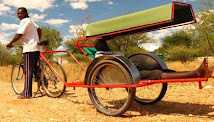
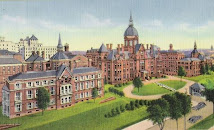
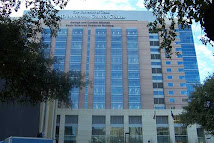
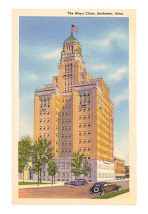
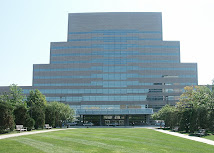

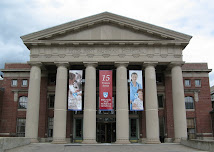
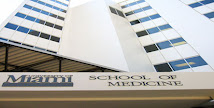

Tidak ada komentar:
Posting Komentar